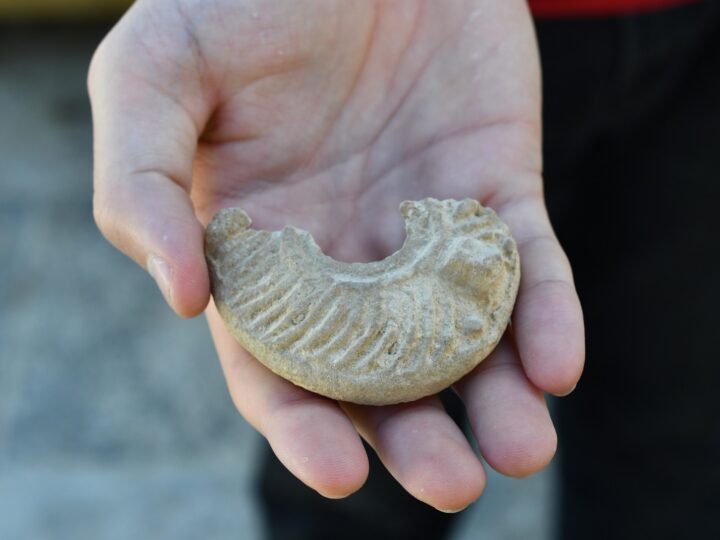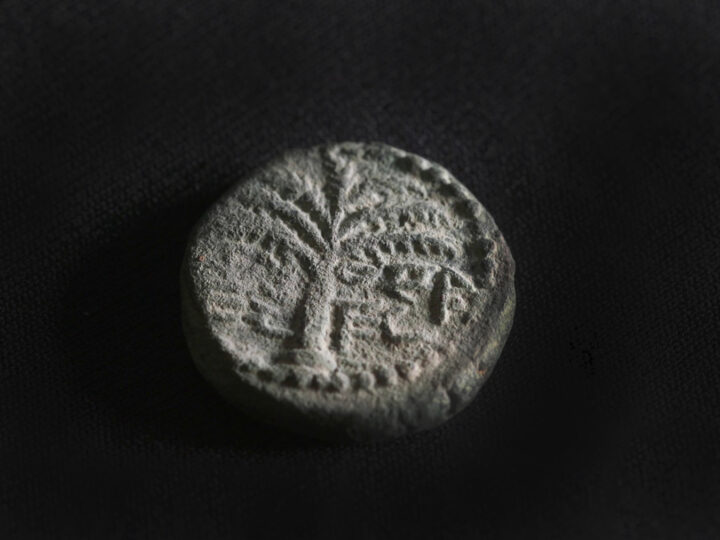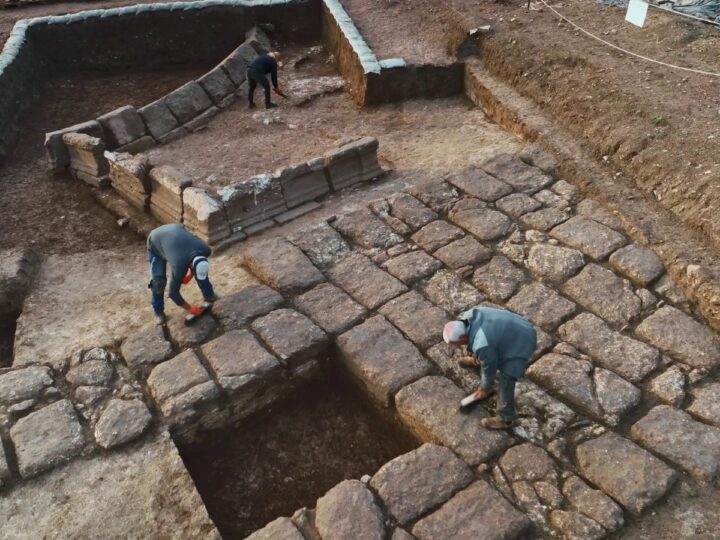Archaeologists working in Rosh HaAyin have uncovered an impressive farmstead and an ancient monastery with colorful mosaics and inscriptions dating back thousands of years.
In an excavation conducted by the Israel Antiquities Authority — at the initiative of the Ministry of Construction and Housing and the Rosh HaAyin municipality prior to the building of new neighborhoods in the city – archaeologists found a 2,700-year-old farmhouse (30 × 50 meters) and a 1,500-year-old church.
“The large farmhouse was preserved to a height of more than two meters. The building included 24 rooms constructed around a central courtyard. A large storage compartment (silo) meant to protect the grain was exposed in the courtyard. It seems that carbohydrates were as popular then as now, and the growing and processing of grain were fairly widespread in the rural-agricultural region,” said Amit Shadman, excavation director on behalf of the Israel Antiquities Authority.
Numerous teenagers from preparatory programs and youth villages have participated in the excavation as part of the Israel Antiquities Authority policy of increasing public awareness of local cultural heritage.
The excavation also uncovered “simple rock-hewn oil presses used in the production of olive oil,” as well as two silver coins from the fourth century BCE that bear the likenesses of the goddess Athena and the Athenian owl.

According to Shadman, this farmstead and other similar ones operated for centuries until the region was abandoned in the Hellenistic period. Many hundreds of years later, a Christian settlement wave arrived in the area and changed the landscape. Among other things, the rapid spread of Christianity at that time is evidenced by the many rural churches and monasteries that have been exposed.
Archaeologists also exposed a monastery dating to the Byzantine period on one of the hills in the area. The monastery complex included a church, an oil press, residential quarters and stables equipped with mangers and troughs. They found colorful mosaics that included geometric and other designs.

Fighting for Israel's truth
We cover what makes life in Israel so special — it's people. A non-profit organization, ISRAEL21c's team of journalists are committed to telling stories that humanize Israelis and show their positive impact on our world. You can bring these stories to life by making a donation of $6/month.








